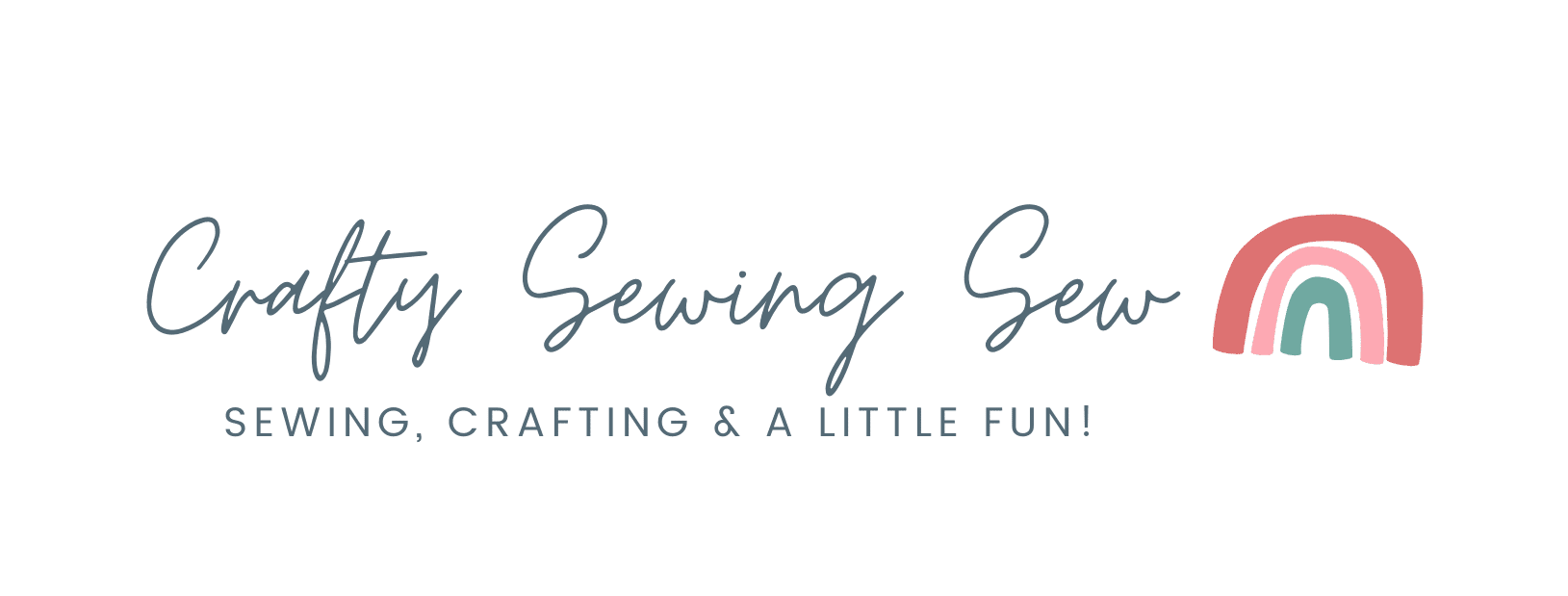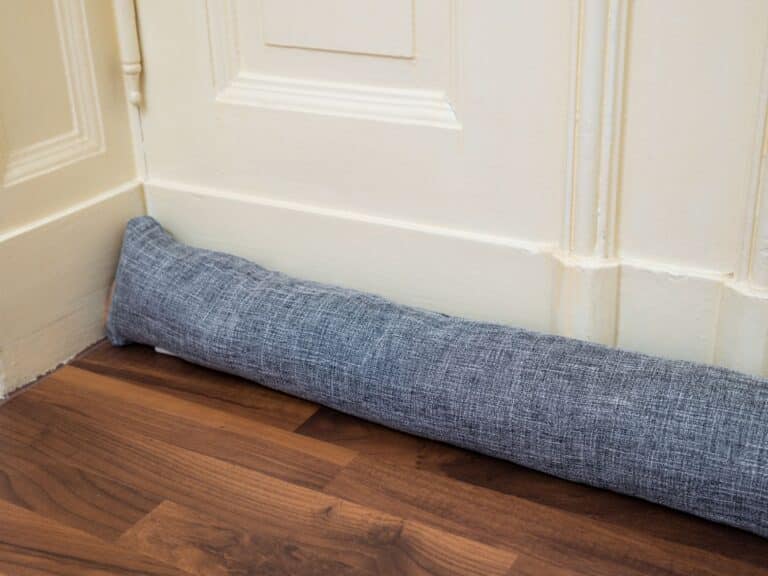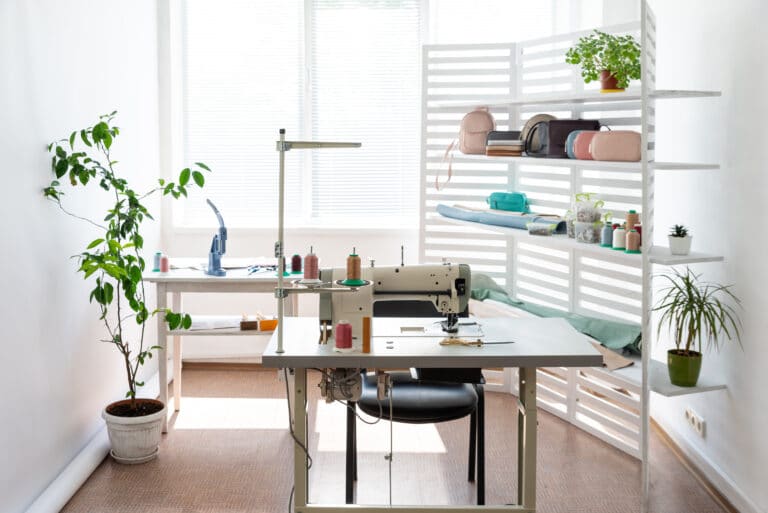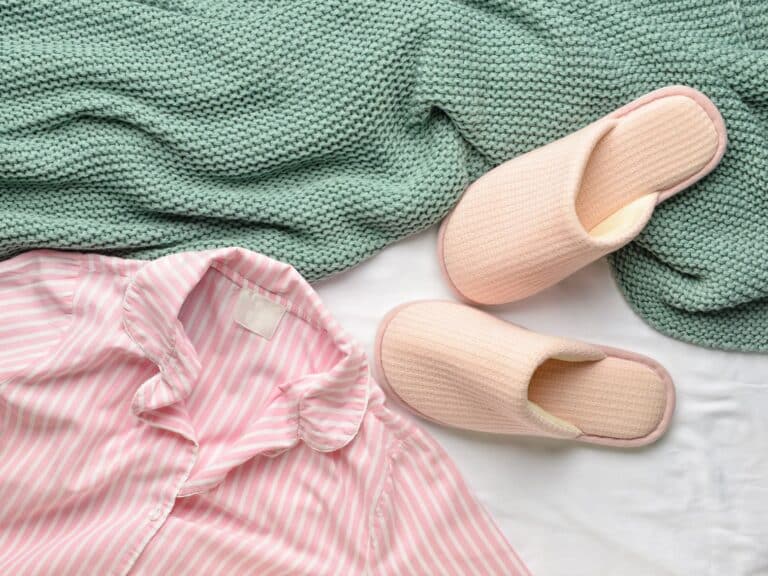Industrial VS Domestic Overlocker – Which One Is Right for You?
Some of the links below are affiliate links. As an Amazon Associate I earn from qualifying purchases. This means that, at zero cost to you, I will earn an affiliate commission if you click through the link and finalize a purchase.
Overlockers are machines that make neat stitches along the edges of fabrics while making clothes. These machines usually stitch and trim fabric simultaneously, resulting in a neat and professional-looking edge, hem, or seam.
Overlockers create different types of stitches with different amounts of thread (usually 3, 4, or 5). The stitches formed look like a series of loops and the inner stitches are reinforced by threads along the edges of the fabric being worked on to make sure they are contained.
Overlockers trim off fabric edges while stitching to ensure the edges are even and not frayed. A good example of overlocked can be used on the side seams of either jerseys or T-shirts.
There are two main types of overlockers, Industrial and Domestic. Even though they both perform the same function, each is more suited to one situation than the other and their mode of operation is also different.
The industrial overlocker is more suitable; it can handle all kinds of fabric and allow you to work for longer hours. However, if you are a more casual tailor or seamstress and you do not have a large volume of work at a time, then the domestic overlocker is better for you since it is less expensive.
Industrial Overlockers
These operate on a bigger scale and are capable of handling multiple streams of thick fabrics in a day continuously every day. They are mostly used commercially in the fashion industry since they are more expensive to purchase and more costly to maintain than domestic overlockers.
People that own them usually work on specific types of clothes or work with heavy-duty or stretchy fabrics that need a stronger and more durable machine than a domestic overlocker, or sew frequently and for long hours at a time.
Apart from forming stitches and trimming edges, they can be used for joining panels, side seaming, preventing frays, and attaching sleeves. It would not be wrong to say that it is meant for people that take sewing seriously.
You can learn more about overlockers and machines, how they work and how to care for them here.
Advantages
- Can be used on a large variety of fabrics.
They are made to a high standard and have the ability the stitch thick fabrics with little or no problems.
- It forms more stitches per minute
Using an industrial overlocker gives sewers the ability to form up to 5000 stitches per minute, which is more than what a domestic overlocker can handle.
- It more durable
Industrial overlockers are made with tougher materials, consequently making them last longer than domestic overlockers.
- Can be operated on for a long time without problems
Manufacturers build these overlockers such that they can withstand usage for at least five years under normal circumstances.
Disadvantages
- It is expensive to purchase and maintain
The quality of materials used to build an industrial overlocker drives up the cost, putting more strain on your pocket. It also uses more electricity than a domestic overclocker, so it would raise the cost of your electricity bill.
- It needs a lot of threading since it works with about 3-8 threads at a time
As one can imagine, this will be more tedious than threading an ordinary sewing machine.
- It is more difficult to operate
Operating an industrial overlocker is a little bit different from operating a domestic overclocker, so you need time to adapt to it.
Domestic Overlockers
These overlockers are more appropriate for home use and are common with people that sew occasionally. Manufacturers create them to withstand usage for several hours at a time, and constant further usage would quickly wear it out.
As mentioned earlier, it serves the same purpose as an industrial overlocker but may not be as durable.
People who own their sewing machines and love to make their clothes themselves would benefit from owning a domestic overlocker since it would make their homemade clothes look even nicer and resemble one made by a professional fashion designer. For best results, use the domestic overlocker to work on lightweight fabrics.
Advantages
- It costs less money
It gives casual tailors and seamstresses the ability to create professional-looking clothes on a budget.
- It is more portable than industrial overlockers
Domestic overlockers are smaller than their industrial counterparts so they are easier to carry around.
Disadvantages
- It cannot be used to sew
While some industrial overlockers can sew clothes as well as stitch them, domestic overlockers cannot sew.
People that buy them need to already own ordinary sewing machines.
- They operate slower than industrial overlockers
Domestic overlockers are not made to withstand as much workload as their industrial versions so they do not operate as fast. If you want to use them regularly, make sure you have some time to spare.
- They are not as durable
Since they are made for occasional use, constantly operating them would wear them out faster than industrial overlockers.



